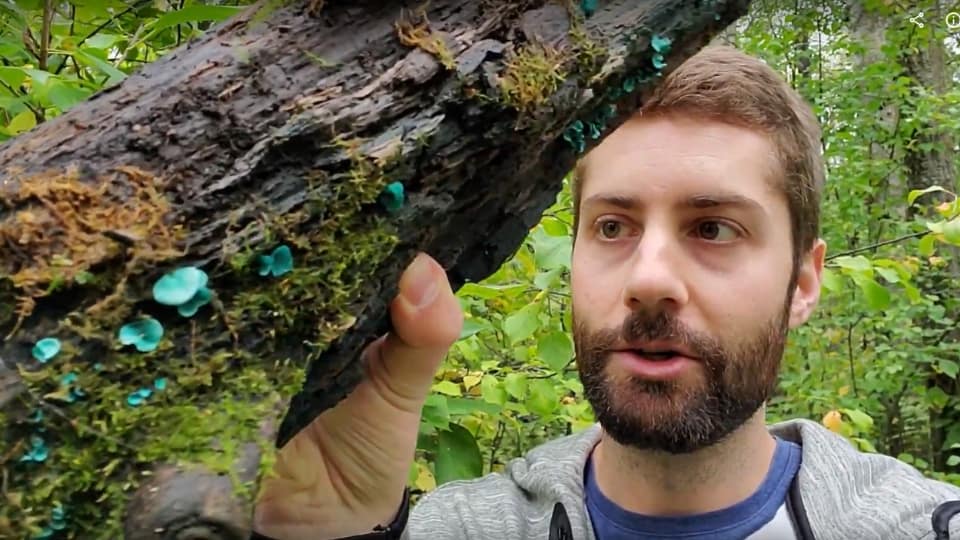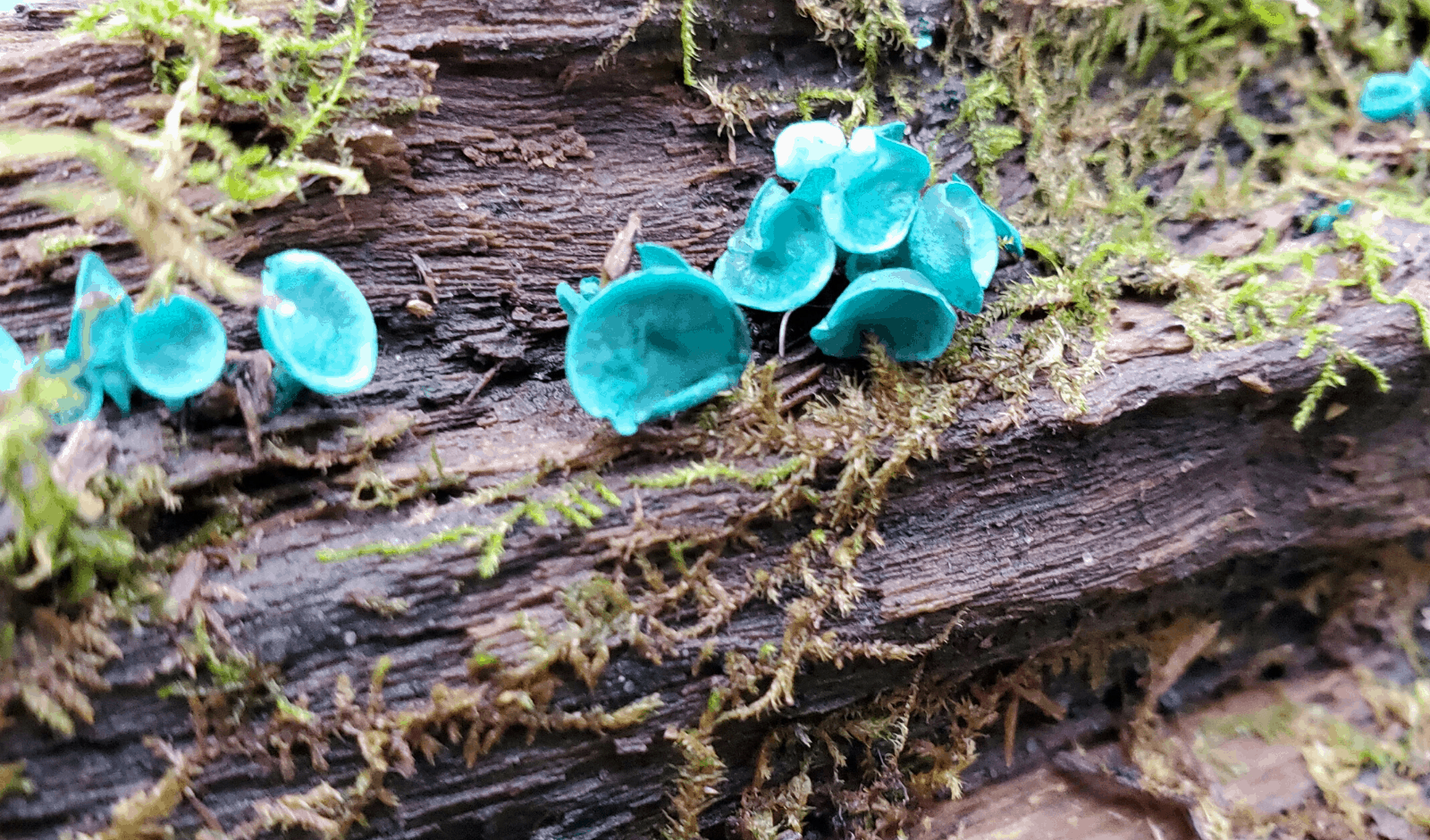2 Rare and Beautiful Mushroom Finds
It’s still way too early in the year for me to be finding mushrooms outside in Alberta, but I’m starting to get so excited to finally get back out into the woods and start looking for mushrooms again!
In the meantime though, I thought it would be fun to share with you two super cool and relatively rare mushrooms that I found last season.
I go looking for mushrooms probably every single day in the summer but these two finds were special to me.
If you’ve never gone mushroom hunting, I can’t recommend it enough!
It is super fun to explore and see what you can find- even if you aren’t looking to eat the mushrooms you find, it’s still fun to explore. And once you start seeing and learning about the mushrooms around you, you’ll start to see the forest in a whole new light.
On the other hand, if you are someone who likes to hunt for mushrooms, please let me know in the comments below about some of your greatest finds- whether that be rare mushrooms you’ve found, a huge haul of edibles you discovered, or something memorable that happened to you while foraging.
I’d love to hear your stories!

Rhodotus palmatus
The first mushroom I wanted to talk about today is super rare in Alberta. And the way I found it was quite serendipitous! Tegan had reposted someone else’s stunning photo on our Instagram of a mushroom I had never seen before.
I thought it looked super cool, but didn’t think much of it. Later that day, I was walking in the woods and BOOM there is was! I honestly couldn’t believe it, especially as I came to find out it is super rare in this area.
The mushroom is called Rhodotus palmatus, otherwise known as the “wrinkled peach” or the “rosy vein cap”.
It’s called that because, well, it kind of looks like a wrinkled peach.
The name “palmatus” was actually chosen because the cap also kind of looks like the wrinkles on the palm of your hand- (Latin names are not as tricky as they seem!)
Taxonomists had a heck of a time trying to classify this mushroom. So much so that they had to create a whole new genus. That’s why Rhodotus palmatus is a monotypic species- meaning the only Rhodotus is in fact Rhodotus palmatus.
It is a saprophytic mushroom, which means it grows on dead matter, specifically fallen logs.
It has a “circumboreal” distribution, and can be found in North America, Europe, North Africa, as well as Asia. Basically, you can find it all around the world even though it is relatively rare to actually find one.
If you do want to go look for it, it is most likely to fruit during cooler temperatures after long periods of rainy weather.
Again, the fruitbody really does look like a wrinkled peach, with large folds covering the top of the cap, and becoming more pronounced at the margins. In the mycologist-speak, this wrinkled network characteristic is known as “reticulate.” These wrinkles will get less pronounced as the mushroom matures.
The cap can be pink, peach or even pinkish cream colored.
The stem is white, and does not include a ring.
The mushroom can fruit singly, or in clusters and the cap can vary in size from 2 to about 6 cms.
The gills are white/pink/cream, and have “adnate” attachment to the stem. The spore print can be white to pink.
Rhodotus doesn’t have any distinct smell to my nose- but some people report that it has an unbearably bad smell. It’s possible that this is a case where some people are genetically pre-disposed to detecting a smell, and others aren’t. I’m not really sure, but if this mushroom has a stank to you- please let me know!
The cap is incredibly rubbery- almost feels like a human ear. Tearing it in half with your fingers is pretty much impossible.
Of course, everyone wants to know if it’s edible. And the answer is maybe, but not worth it either way.
Although not specifically reported as poisonous, I can’t think of any reason why you’d want to eat it. It’s rubbery, usually small, and apparently not all that tasty according to the brave few that have tried.
There are many other delicious mushrooms that will be way easier to find, and much more pleasing to your palate.

Cholorciboria aeruginascens
The second mushroom I wanted to talk about today is commonly known as the Green Elf Cup, or Chlorociboria aeruginascens.
This mushroom is actually pretty common, but to see the fruit bodies is relatively rare, which is why I was so excited to find it!
What makes this mushroom so special?
We’ll first of all, it just looks super cool. It has these really deep blue-green colors that are stunning to see. The “aeruginascens” actually means “becoming green” and describes the way that the mycelium actually stains the wood that it grows on with a deep green color.
This is because of a special pigment called “xylendein” that is unique to this mushroom.
The resulting green wood, sometimes referred to as “green oak” has a long history of use in decorative woodworking, dating back all the way to the 15th century, where woodworkers would lay in pieces of this green wood into their designs.
If you want to find this mushroom, look for well decayed barkless logs on the side of trails. If you see green stained wood but no mushrooms, there is a good chance that is the result of this mushroom, which means you’ll have a good chance to see it fruiting if come back again.


